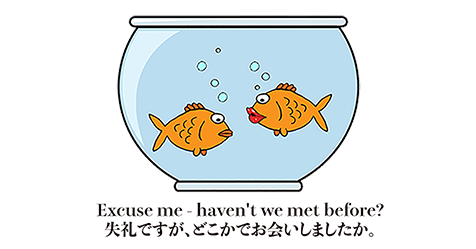The Kanshudo Blog
New scientific study shows superiority of mnemonics for memorization

A new scientific study1 showed that using mnemonics, the main memory technique underlying Kanshudo's approach to teaching the kanji, a group of ordinary people became as skilled at remembering information as competitive "memory athletes". The study, published in Neuron by scientists from the Max Planck Institute of Psychiatry in Germany, analyzed the brains of competitive memory athletes using fMRI brain imaging, and then compared the brains of a group of 'normal' individuals before and after training with mnemonic memory techniques. After six weeks of training, their test results were dramatically improved (in some cases almost doubled2), and their fMRI results showed distributed organizational changes in their brains matching the memory athletes. It's official: mnemonics not only improve memory; they can literally improve your brain!
Mnemonics - one of the oldest memory tools known
Mnemonic imagery as a learning aid was in use as far back as Ancient Greece3. Cicero wrote of a legend in which the poet and wise man Simonides was fortunate enough to step out of a banquet hall just before the roof collapsed, and was afterwards able to identify those who were not so lucky by consulting a mental map he had made of their faces. In Roman times, the technique evolved into the 'method of loci' 4, in which objects to be remembered are placed at loci (places) in a mental map of a physical location. In modern times this technique is often referred to as the 'memory palace' 5.
For most people, mnemonics are more familiar in the form of simple acronyms to help remember commonplace sequences, such as Every Good Boy Deserves Favor to illustrate the notes of the lines of the treble clef, E-G-B-D-F. More generally, a mnemonic is a means of encoding information to be remembered within something - an image, a phrase, an existing memory - that can be more easily remembered.
Using mnemonics to learn kanji
In Kanshudo, we apply this technique to learning the kanji. One of the hardest aspects of the kanji for learners who grew up with an alphabetical native language is the sheer number of symbols to be memorized - the Jōyō kanji ('daily use kanji') is a list of 2136; most Japanese adults know 3000 or more. This is a daunting task! But mnemonics make the task much simpler.
Most kanji are formed from a combination of simpler elements ('components'). Many of these components are very simple, very common, and very easy to learn - for example, 一 ('one'), 丨('stick'), or 口 ('mouth'). As you study, you will rapidly get to the point where you know many components, simply because they come up so frequently.
Kanshudo takes these simpler elements and combines them into a mnemonic - a simple, easy-to-remember phrase that ties together the meanings of the components with the meaning of the more complex kanji. So now when you learn a new kanji, you get a double benefit: you know the new kanji, and you have also refreshed your memory of the components that form it. This technique is extremely powerful, because the more you know, the easier it becomes to learn more.
Get started!
To read more about the use of mnemonics in Kanshudo, see our system overview, or read our detailed guide How to learn the kanji. When you are ready, take a Beginner Lesson, or if you already know some kanji, try the Quiz. You can also study kanji components directly using Kanshudo - see our collection of the 50 most common or our comprehensive collection of all components used in the Jōyō kanji.
1 Mnemonic Training Reshapes Brain Networks to Support Superior Memory: Neuron ⧉2 Scientists show how anyone can improve memory ⧉3 Ancient Imagery Mnemonics ⧉4 Method of loci - Wikipedia ⧉5 Mnemonic - Wikipedia ⧉
Kanshudo is your AI Japanese tutor, and your constant companion on the road to mastery of the Japanese language.
To get started learning Japanese, just follow the study recommendations on your Dashboard.
You can use Quick search (accessible using the icon at the top of every page) to look up any Japanese word, kanji or grammar point, as well as to find anything on Kanshudo quickly.
For an overview, take the tour.
